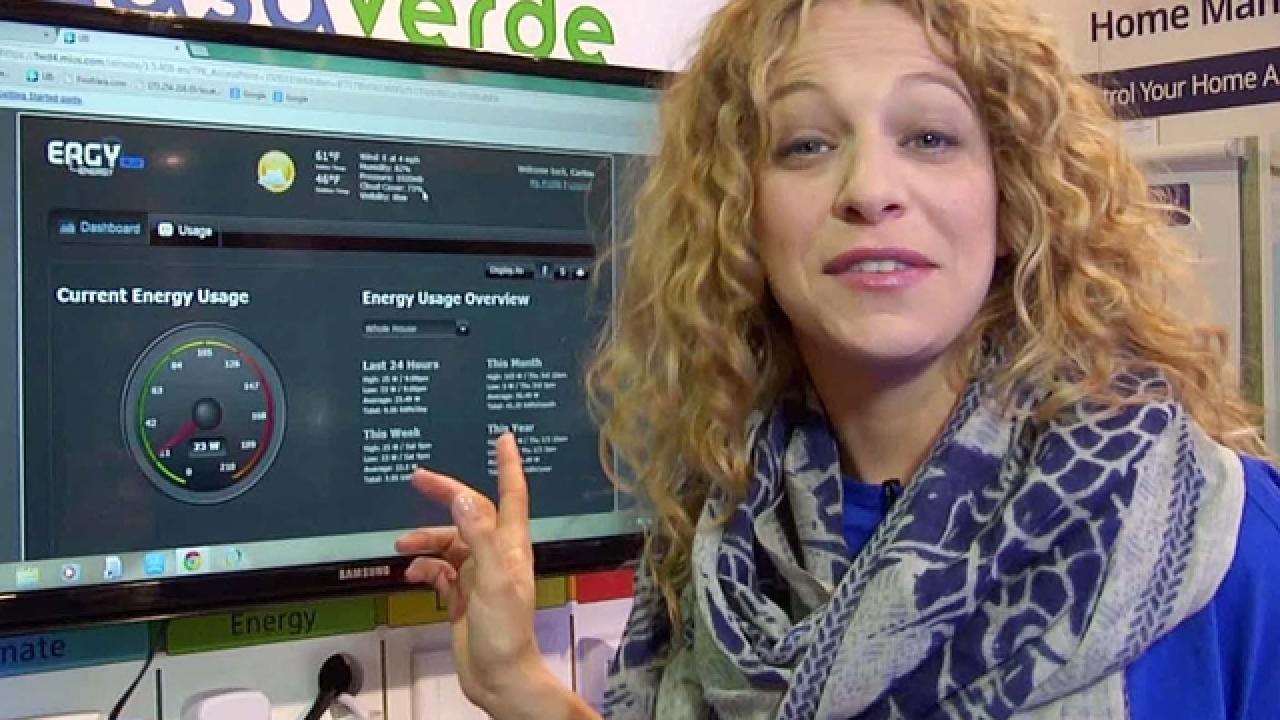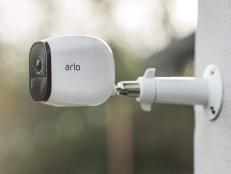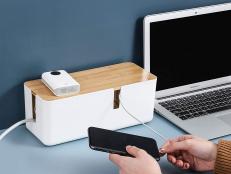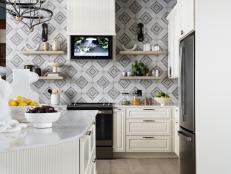Smart Technology Moves for Safety

Turn up the music, dim the lights, bump up the thermostat and scare off intruders — and do it all from a single easy-to-use interface. Do it from halfway across the country if you need to. Smart homes have turned that fantasy into a reality, and the wireless revolution has made installation affordable for many homeowners.
What Is a Smart Home?
Smart-home components communicate with a central interface, whether it's a smartphone, a dedicated controller or a computer screen. They allow you to automate home functions and control them remotely. Many, such as smart thermostats, learn about your preferences from repeated use and adjust without your having to formally program them. Most systems are modular, meaning you can add functions down the road after you install the central brain.

Keeping the Home Front Secure
Although smart homes often have extremely cool aesthetic and entertainment features, they’re also great for home security while you’re out of town. You don’t even have to subscribe to a traditional security service for the system to be effective. Instead, your installer can customize a combination of smart components to suit your needs.
"You can get really creative with security programming," says Bill Weingarten, owner of HomeTech, a smart-technology installation company in Evanston, Ill.
For example, one of Weingarten's customers had a big, loud German shepherd — so Weingarten sampled the dog's bark and had the smart system play it back over speakers whenever someone rang the doorbell. "The clients were away for the holidays and the dog was boarded in a kennel, but a person at the door would have no idea that was the case," he says.
Mix and Match Security Features
These are some of the components you can use to create your own unique smart system:
- Smart door locks have programmable keypads that allow you to give a unique code to anyone who needs access to your home while you’re away, such as a pet sitter or a contractor. "That way you don’t have a bunch of keys floating around," Weingarten says. The system will text you when scheduled guests arrive and leave, and can notify you if several incorrect attempts are made on the keypad.
- A smart system can make sure all the exterior doors are locked and the garage door is closed at certain times of day.
- Smart lighting and window shades can alter your home’s look at randomized intervals, rather than shutting off or closing at exactly the same time every evening as they would on an ordinary timer.
- Security cameras and occupancy sensors can send you a text if anything is amiss, but you can also program unique responses to given situations. For example, outdoor motion sensors usually trigger outdoor lights, but criminals expect that — instead, you can program an inside light to come on, giving the impression someone’s home.
- Smoke detectors, carbon monoxide detectors and basement moisture sensors can all be linked to the system. And if the smoke detector goes off, you can have all your inside and outside lights flash, signaling the fire response team where to go. (Flashing lights can also be a good way to deter robbers, as they tend to attract the attention of neighbors.)
- Turn on entryway lights before you return from out of town for peace of mind. And while you’re at it, bump up your thermostat so the ambiance will be cozy when you arrive home.
"Smart-home technology means that anything you can do inside your house, you can now do from anywhere," Weingarten says. "You're limited only by your imagination."













































